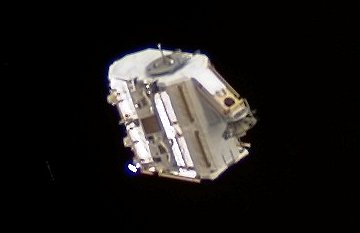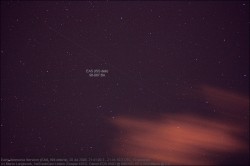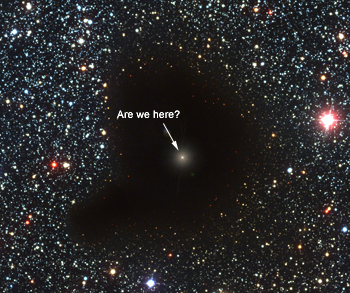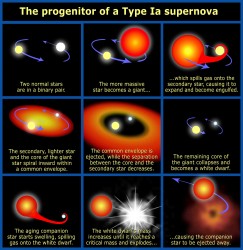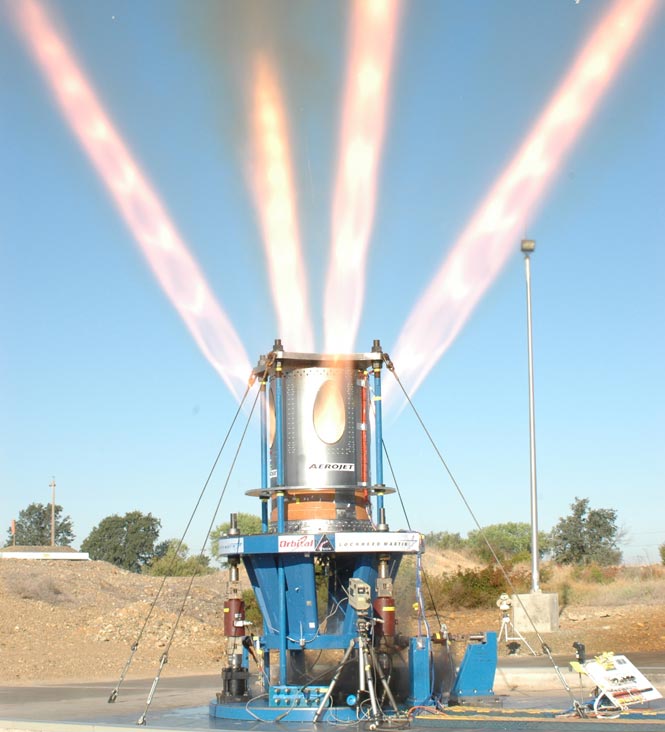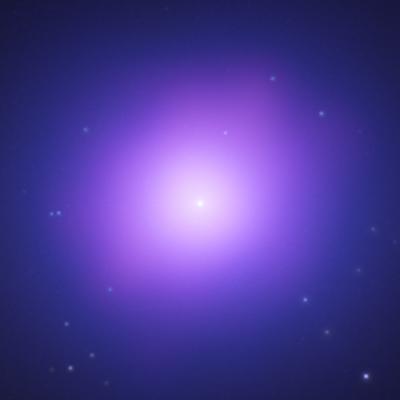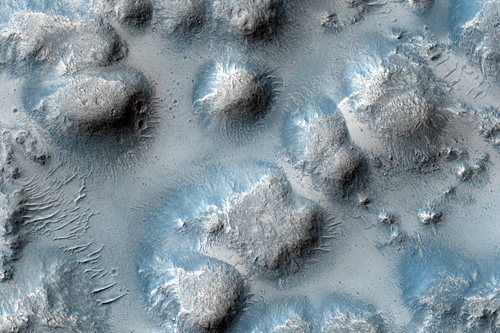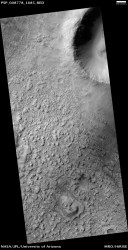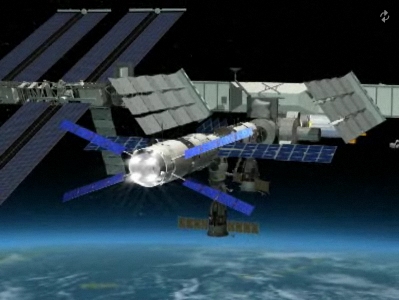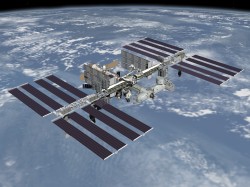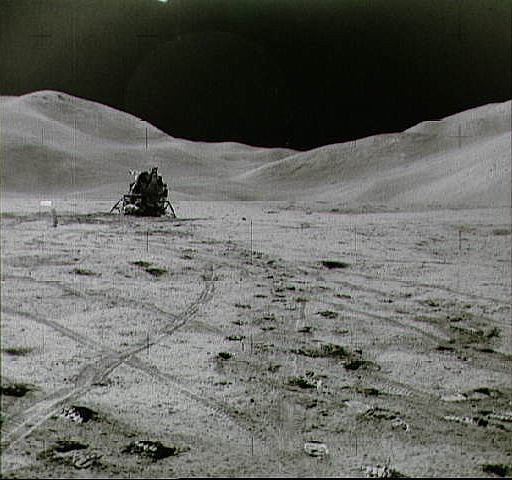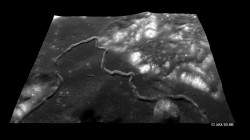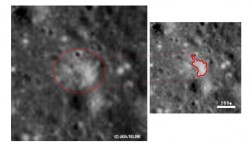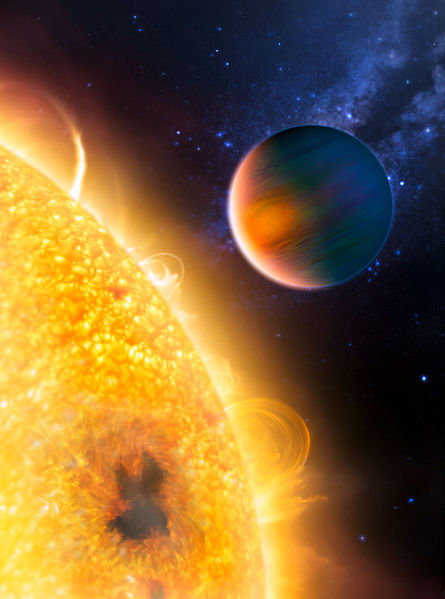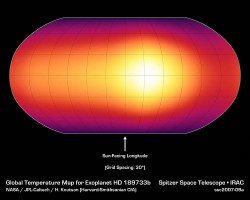[/caption]
Polaris is a well known Cepheid variable, but its periodic brightness variations have been steadily decreasing in amplitude for the last hundred years. Around the beginning of the 20th Century, Polaris’ brightness fluctuated every four days by 10%. Only ten years ago this variation had dropped to 2%, leading astronomers to believe this steady decline in the variability of the star was about to end. That was until recent observations uncovered an increase in variability to 4%. Polaris is an odd star in that it is a Cephid variable with a declining variability, and now astronomers are baffled as to why the brightness fluctuation has been revived…
Polaris (a.k.a. the North Star or Pole Star) has helped mankind navigate the globe since ancient times. Always positioned around the North Polar axis of the Earth, Polaris has also provided material for literature, poetry and religion. In astronomical terms it is also significant as it is a Cepheid variable with a regular variation in brightness, although it is the only Cepheid variable known that has been decreasing in brightness for the last several decades. But to complicate matters even further, this Type 1a supergiant (approximately 4-5 solar masses and 30 solar radii) appears to have been rejuvenated, and the vibrations have increased, varying in brightness by 4 %.
This discovery comes after observations made by Hans Bruntt from the University of Sydney and his international collaboration. Dr Alan Penny, co-investigator from the University of St. Andrews, UK, will present the team’s findings at his university’s “Cool Stars 15” conference this week.
In reality, the astronomers had focused their attention on Polaris in the hope to catch the point at which its variations ceased completely, only to find they had increased. “It was only through an innovative use of two small relatively unknown telescopes in space and a telescope in Arizona that we were able to discover and follow this star’s recovery so accurately,” Penny said. He was using the SMEI space camera, usually applied for solar-terrestrial observations of the solar wind, but he used it to accurately survey the night sky for Cepheid variables. At the same time, Bruntt was using a small telescope attached to NASA’s retired infra-red space telescope (WIRE) set up to study Polaris for a short period. When Penny noticed the strange recovery of Polaris in his SMIE data, it was compared with Bruntt’s WIRE data. It was therefore confirmed that Polaris’ vibrations had been revived.
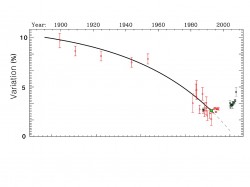
Backing up Penny and Bruntt, Professor Joel Eaton (Tennessee State University), who was using the AST automated spectroscopic telescope located in Arizona, noticed variations in the plasma velocity on the surface of Polaris. These measurements showed the brightness variations were correlated with expansion and contraction effects through the body of the star.
These observations are both exciting and perplexing. Although the variations observed in Cepheid variables are poorly understood, the vast majority of these “standard candles” do not change in brightness, let alone revive themselves. It would appear Polaris is undergoing a change that isn’t predicted by the standard model for stellar evolution, so the team of astronomers will be quick to follow up these observations with some theory as to what is causing the changes inside Polaris…


